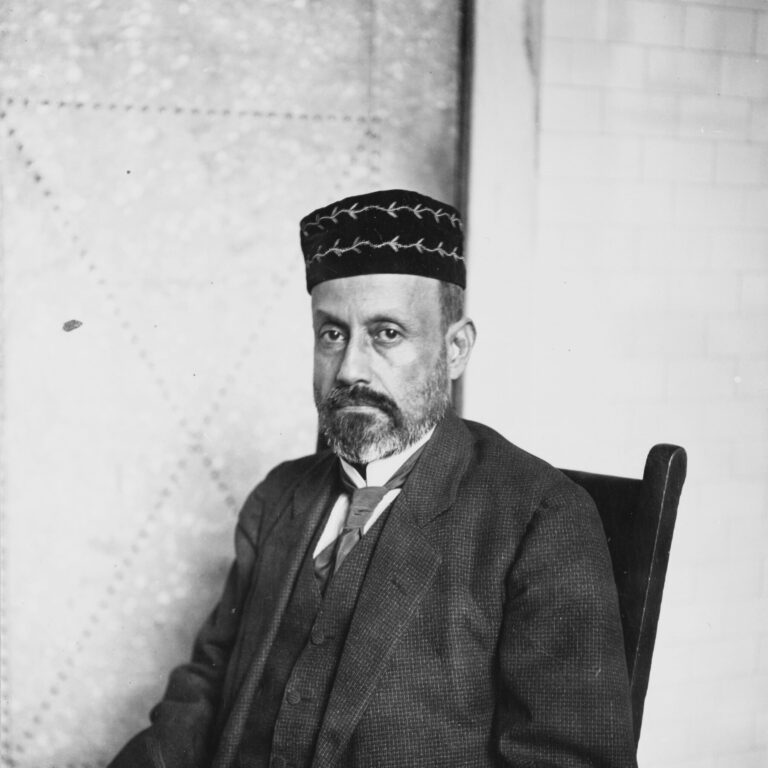Are you getting ominous warnings about your phone’s storage space? Have you ever pulled out your phone to show someone a certain photo and had to scroll for minutes to find it? If you’ve accumulated gigabytes of images over the years, streamlining your photo library and deleting other apps and unnecessary files can help you reclaim that space. Here’s a guide to doing just that using free tools that are probably already on your phone.
Check storage
Start the cleaning process by taking note of the space on your device and what is filling it up.
On many Android devices, open the Settings app and select Storage to check your available space.
On a Samsung Galaxy device, open the Settings app, select Device care or Device maintenance, then tap Storage. On some phones, you can scroll down to Storage.
On an iPhone, open the Settings app and select General and then iPhone Storage to see how much space is left on your phone. The steps are similar for an iPad.
Remove duplicates
Zapping identical copies of photos is an easy way to take back territory. While there are subscription-based apps available to round up duplicate files of all kinds (like Duplicates Cleaner for Android or Phone Cleaner for iOS), consider free options on your phone.
In Apple's iOS Photos app, tap the Albums icon at the bottom of the screen and scroll down to the Utilities area. Tap Duplicates. The next screen shows the photos and videos with multiple copies in your library, all next to a Merge button. The Merge option keeps the highest-resolution copy (and embedded information) and moves the lower versions to the app's Recently Deleted album.
Samsung has a similar tool to track down duplicate files on its Galaxy devices. Tap the My Files icon and choose Analyze Storage from the menu. On the next screen, select Duplicate Files to see the list.
Open the Files app, tap the Menu icon in the upper-left corner, and choose Clean Up. The next screen offers a variety of things you can delete to save space, including any duplicates, downloads, screenshots, infrequently used apps, and large files.
Personal review
It can be tedious, but scrolling back and manually deleting junk is a neat way to clean up your photos and videos. If you have a huge library, breaking the project into daily sessions when you’re on public transport (or otherwise waiting) will gradually reduce your collection. Don’t forget to check out third-party apps that archive photos, too.
A deleted photo doesn't evaporate immediately. Most systems retain all recently deleted photos and videos for at least 30 days before permanently deleting them unless you manually empty the Recycle Bin or Deleted Items folder.
If you have photos you want to keep and aren't using online backup, export copies of them to a computer using email, Android Quick Share, Apple's AirDrop, or another transfer method. (And make sure you have a backup system for your computer.)
Get suggestions
Need more help? The Apple Support site has tips, and the iPhone Storage screen offers suggestions for deleting old files and apps. The Samsung site has ideas for Galaxy owners. In your user account settings, Google Photos has Free Up Space and Manage Storage tools that list files to review and delete.
Typically, suggestions include moving photos from your phone to an online server or to an external SD memory card, if your phone has a card slot, which allows you to reclaim space on your phone when you transfer files.
iCloud for Apple Photos, Google Photos, Samsung Cloud, or a service like Dropbox frees up space because your device doesn’t physically store your files, even though you can see the photos on it. You get a free amount of space to start with, but you have to pay more once it fills up.
When you delete a backed up or synced photo—on an iPhone, in Google Photos, or elsewhere—it disappears from all devices signed in to that account.
Get the order
Once you’ve cleaned up your photo library, you can organize it further. For years, Android and iOS have automatically grouped photos into albums based on who’s in them, where they were taken, and more, but you can also create your own collections.
To move photos into your albums in Google Photos, Samsung's Gallery app, or Apple Photos, tap the new album option, give it a name, and select the photos you want to add. Apple Photos can also create folders and then create separate albums within those folders to group similar albums together.
Yes, it takes time to declutter your device, but you’ll be able to find your photos faster when you want to show them off, and you’ll have room to install more stuff.





